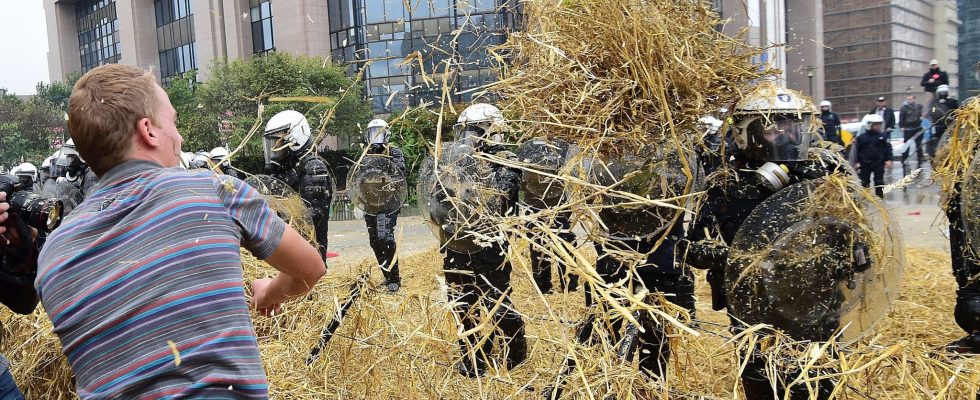Around the world, farmers are not all in the same boat. After calculating public spending to support farmers in each country, the Foundation for Agriculture and Rural Affairs (Farm) observed a true “great global gap”.
Thus, “the higher income a country has, the more it spends to support its farmers. (in proportion to the value of agricultural production) while agriculture no longer provides, in his country, only a minor part of employment and economic growth”, notes the foundation in his report.
For example, public aid reaches $45,700 per agricultural worker in the United States, $11,600 in the European Union, $580 in India and China, $105 in Ethiopia and $17 in Ghana, according to a observatory set up by the Farm.
This aid includes direct aid to producers such as subsidies per hectare or the purchase of fertilizer, aid to consumers such as food vouchers and collective services for the development of the agricultural sector.
In Africa, priority to consumers
Among developed regions, North America and Europe – the two leading exporting regions of agricultural products – are those which spend the most on this subject. Aid represents 25% and 22% of the value of agricultural production respectively, according to Farm. Only India has a similar ratio (24%). By comparison, in Latin America, these expenses represent only 2% of the value of agricultural production in the region.
In African countries, due to lack of data, Farm has calculated the difference between the price paid to the producer and the price at the border, which is often negative. Only 1% of consumption support is devoted to processors, although they are essential to the development of the agri-food sectors.
This “means that African governments above all protect consumers to the detriment of agricultural producers”, with relatively low customs duties, priority given to supplying cities with imported products.
In addition to direct aid, states can support their farmers through support mechanisms on global markets such as export restrictions, health regulations or taxes. This category has declined sharply in rich countries but has gradually increased in middle-income countries. Like India, which decided last summer to ban the export of non-basmati white rice in order to keep this product for its inhabitants and limit price increases.
